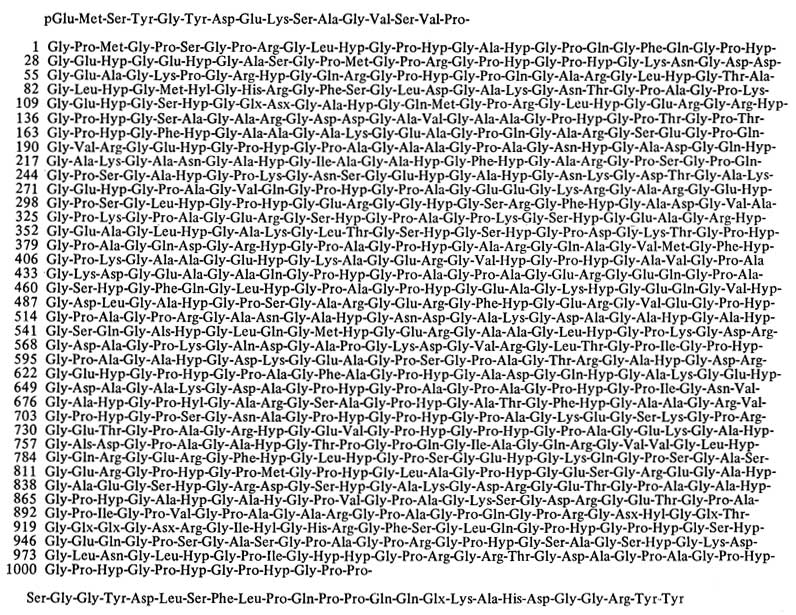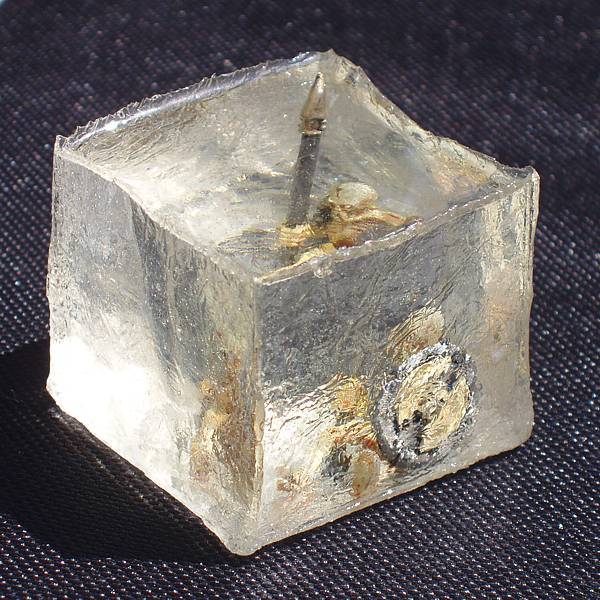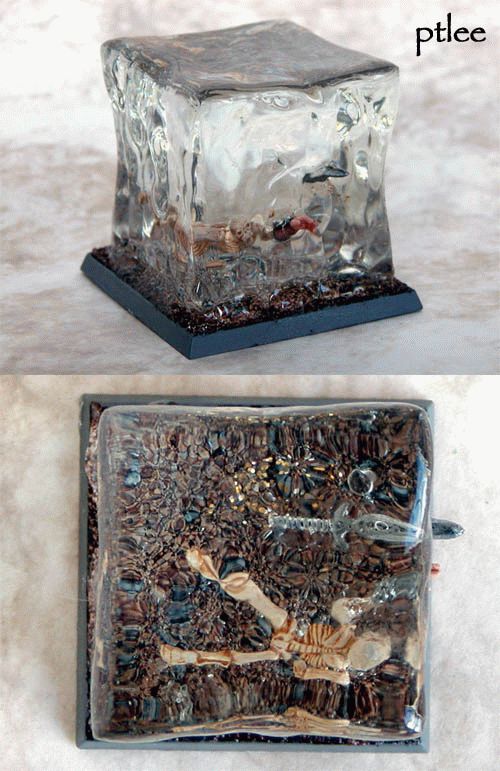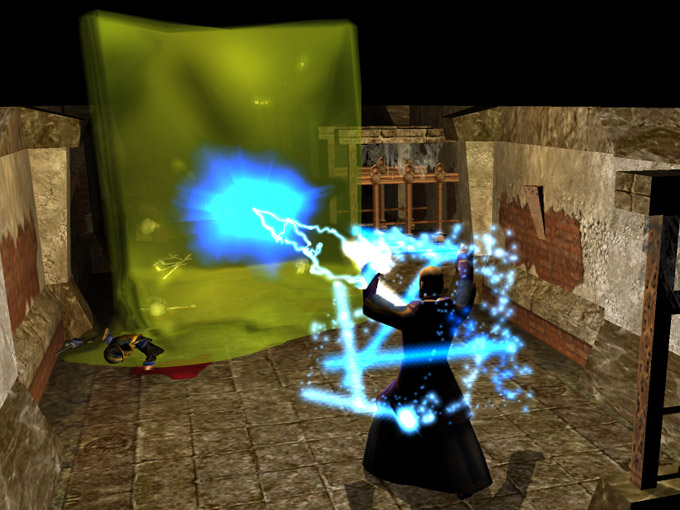 |
Gelatinous
Part of the pleasure of the meaning of the word is in the sound of the word, in the way in which the stresses get flattened out, turning the gel•a•tin with the stress on the first syllable into ge•lat•in•ous which transforms it into near-iambic, classy even, the language of specificity and science. And adding the -ous on the end is pretty awesome, too. It creates a world, an attribute out of an idea. Even the idea of gelatin is a pretty strange one when you think about it, solid, but on the cusp of liquid, threatening to return. It's one of the many modern magics that food scientists have given us that leave me astonished in the kitchen. We're used to the idea of it, sure, semi-tasty bowls of jello cubes, and the $1 lime jello shots that the pretty girls bring around late at night in bars. They both seem like a good enough idea at the time. Gelatin is a product obtained from "partial hydrolysis of collagen derived from natural sources such as the skin, connective tissue, and bones of animals," according to the Gelatin Manufacturers Institute of America, which heads up a promotional website for their industry. You know this, or think you do. There are lots of things in modern life that are on the edge of consciousness only—the machined chickens of KFC, whatever McDonalds does to get "nuggets," a modern idea if there ever was one. Some of these things are falsehoods (gelatin isn't made from ground horse hooves, for instance, a myth the FAQ on the website helpfully debunks: it's made from other parts of other animals. Better now?). Some of them are real. We can't get underneath everything in our lives, and sometimes it's better not to know (a philosophical debate for others to consider). For example, here's what's inside the word gelatin:
Are you happy you know that? I doubt it. Still, it feels somehow actual here, like looking at machine code (instead of assembler, the second level of computer programming, and on top of that are languages like Java or C++ or Pascal, and on top of that is what you see when you use the program itself). For most of us, though, it's beautiful and meaningless, like the inside of an animal, like a CAT scan, like a set of differential equations that describes something as natural as the way a ball bounces on pavement. It's form, but to us it appears as formlessness, a mess, a wash, pretty static, static and gorgeous. If you were to make gelatin—an apparent bonelessness—you'd start by extracting material from bones, and as a bonus, mixing it with water so that the result is a kind of distributed bone, solid suspended in liquid, or maybe a liquid fortified by what we think of as the hardest substance in the body, though all your broken bones give the lie to that. Not to say that the little package of Jell-o you pick up from the store is a lie, that it's tasty and fruity and desserty and modern, but that there's a lot more going on behind the package than we think (which is increasingly the case in this manufactured world). Gelatin works as a metaphor for that which is between genre—a solid poem relaxing into the jelly block of prose, which expands like a liquid as the margins or page size expands, at least until it sets. Then you remove the margins and presto! you have a cube. Or an aspic, a glossy gelatinous form containing bits of meat, other parts of the animal, or whatever. Are you hungry yet? Like many of our modern magics, it descends from the 1950s' and 1960s' idea of the future of food: processed, formed, shaped, pill-like (gelcaps require gelatin), powdered and added to hot water. It is certainly a monster, a chemical creation (all our food creations are essentially chemical, but this one more obviously so than the others). And in D&D that monster actually manifests as a monster. It's an inspired choice, to see the monstrous in a household product. And it's 10' x 10', the size of the traditional dungeon passageway (dungeon passageways were this size for ease of mapping on graph paper, but feel free to play D&D however you like). Perhaps the cubes simply grew to fit the space and, like jello, set there. And then got angry, possibly from being squeezed on all sides. Actually that's a false supposition. Gelatinous cubes are not angry. They're not evil. They are simply indifferent. Listen, dude, you're the one raiding their habitat for gold pieces and sacks of virtual magical loot. Like snakes or other wild animals, they probably would prefer to be left alone. * Three renderings of gelatinous cubes taken from the web: 1.
The first two examples are miniatures, tiny figurines that resemble the mythical beasts of our imaginations: orcs, kobolds, dragons (obviously!), and so on. There's a whole culture of people who buy and paint or construct their own miniatures. It's a kind of zen project, to render the world in miniature. *** note-- include my miniatures? It's hard to tell exactly how actually gelatinous the miniature is here. It looks suspiciously like an ice cube, which is not gelatinous at all. 2. . This second one is my favorite, from a website called CoolMiniOrNot.com in which people who paint or craft miniature versions of fantasy (typically) characters or creatures post their creations, and other people vote on how cool they are. Note the arm of the person sticking out of the cube's body in the first shot. That's pretty hot. 3.
The third here is a screen shot from the game Neverwinter Nights. I think it's a wizard or something fighting it with some sweet-ass magick. All of these (and many more if you want to go a-searchin') courtesy google imagesearch. Maybe the gelatinous cube is about preservation of foods (surround a food in gelatin and it is not exposed to oxygen so will not rot (or will rot much more slowly); one imagines this is the origin of the aspic. The gelatinous cube is also a way of talking about what it is to be an author, isn't it? I mean, the difference between writing some stuff and being an author is that there's this public idea of what it is you do, who you are, what you're capable of, what you're like. (This website—or any author website—is one way of the writer creating the brand of the author.) Go to a literary reading. Is the actual person who reads what you expected? Is her voice reading the prose (or the poems) the same as how you heard it while reading? You're meeting the writer (or a manifestation of herself—since we do choose to present our personae), not just the author. Being an author is an interesting conundrum: authors are constructions, but they're also constricting. The author is partly about preservation. You read the new book by Author X, and think about it in terms of her oeuvre, her previous books. If Author X is known as a literary writer, and the new book's a detective thriller, that's surprising, isn't it? The author changes as you think about her. If she's a sci-fi writer, then probably she'll only be able to sell sci-fi in the marketplace (such is the power of the author). Maybe she isn't a she at all. Maybe he's not a he either. What? Franklin W. Dixon not a he? And in fact not a person? Plenty of authors don't even map onto the body of an actual person. (I was very depressed to find this out when writing a letter to FWD in probably third grade for an assignment, though the full force of the construction didn't hit me until recently when I read a book on the invention of the somewhat-similar Nancy Drew and the way the publishers just churned those books out, written by dozens of writers pseudonymously.) (There's some hardcore theory to be had about this subject, if you're interested. See also Foucault and Barthes for a reasonably good introduction; or see Albert Russell Ascoli's book Dante and the Making of the Modern Author for an insanely academic read on the matter; entertainingly it is now available on Kindle!) But my point is that being an author is a kind of preservation. The author does not belong to the writer. The author belongs to the readers, the writer, the editors, the reviewers, the talk show hosts who want to take her down publicly for her thousand lies in her memoir (and doesn't memoir even more interestingly conflate author and writer?), and the marketing folks. Eventually being an author becomes constrictive. You want to write some pseudonymous books just so you can try something fucking new, without expectation. But then they probably won't sell. You forget what it's like not to have an even minimal, casual, self-Googling MFA readership. Maybe without the author's coat the writer doesn't have much actual ability anymore. Maybe she's been phoning it in. Maybe she doesn't even know this. Or maybe the author eventually kills the writer. Artistic growth comes from risk and doubt and the possibility of failure on every level. It comes from a lack of self-consciousness, I think, more often than not. And if you, like a writer I know, have a wall of your books and awards lining your own writing room, then how can you ever be anything but that author? The author has demands. Fuck those demands, you want to say. But the author saying that becomes a pose, an authorly pose. Now the author's a bad ass, a doesn't-give-a-fuck guy, a real renegade (as if these things are possible outside of myth—and myth is what we're talking about here). And then you have to dress the part. Before you know it you're caught in the cube as it trundles down the dungeon past the remains of your party, digesting you, preserving parts of you permanently, or until it's caught and killed and gutted/dismantled for whatever is inside. * For more on this, go to Vanishing Point. The book's here. The website's here. Start with whichever you like. |



